A Timeline of the Second Amendment and Gun Control in the U.S.
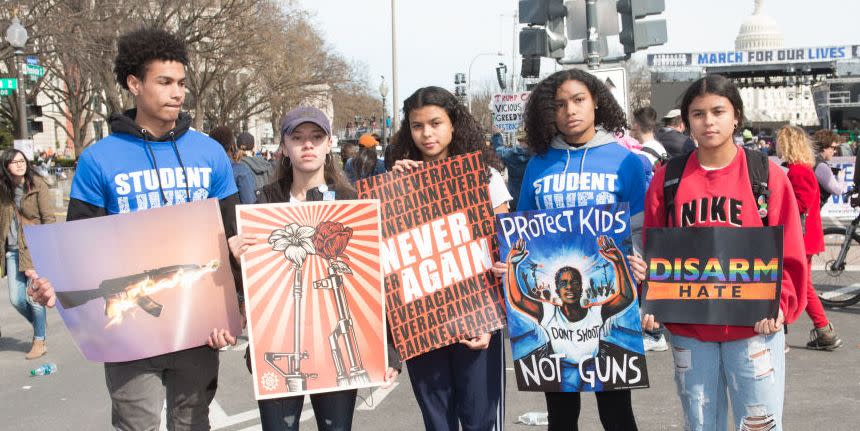
By now, you've definitely heard about the Second Amendment. It might be a phrase you caught tossed around during AP history or on the evening news your parents insist on watching at dinner. Maybe you heard about the second amendment during the coverage of recent mass shootings or perhaps you encountered the word when you attended The March For Our Lives rally to support gun control.
Despite where you may have encountered this tricky bit of The Constitution, odds are that there are parts of it that you still don't truly understand. You may have asked yourself: What does this amendment actually mean? Or: How has it evolved over the course of our nation's history? Well, get ready to have all of your questions answered.
Here is a timeline all about the history of gun control in America...
1791: Second Amendment Comes Into Existence
In December 1791, the Second Amendment is ratified and becomes one of the 10 amendments to form the Bill of Rights. To this day, it states: "A well regulated Militia, being necessary to the security of a free State, the right of the people to keep and bear Arms, shall not be infringed."

However, the original meaning of the amendment is debatable. While some people think the second amendment applies to all individuals, others believe it only addresses individuals serving in militia organizations, such as the National Guard.
1865: The Black Codes
In order to maintain power over newly freed slaves, southern states pass a series of laws known as "The Black Codes," which restrict African Americans' freedoms, including the right to possess firearms.
1871: The N.R.A. Is Founded
Because Northern soldiers exhibited such poor shooting skills during the Civil War, Union veterans William C. Church and George Wood found The National Rifle Association. The main goal of the organization is to "promote and encourage rifle shooting on a scientific basis."
And this may come as a surprise to some people, but during its early years, the NRA actually supports gun control.
"I have never believed in the general practice of carrying weapons," said then-NRA President Karl T. Frederick at a Congressional hearing over the National Firearms Act of 1934. "I do not believe in the general promiscuous toting of guns. I think it should be sharply restricted and only under licenses."
1934: The National Firearms Act of 1934
The National Firearms Act imposes a tax on the making and selling of specific firearms, as well as a special tax on people and entities engaged in the business of importing, manufacturing, and dealing firearms. The law also requires the registration of all NFA firearms with the Secretary of the Treasury. Firearms subject to the 1934 Act include shotguns and rifles having barrels less than 18 inches in length, machineguns, and firearm mufflers and silencers, according to the The Bureau of Alcohol, Tobacco and Firearms (ATF).
While the NFA is created by Congress to earn money through taxes via the buying and selling of guns, it also has an underlying purpose: to hopefully stop gun violence. Congress thinks that the NFA firearms have contributed to a serious crime problem in the United, and they hope to rectify this issue.
1938: The Federal Firearms Act of 1938
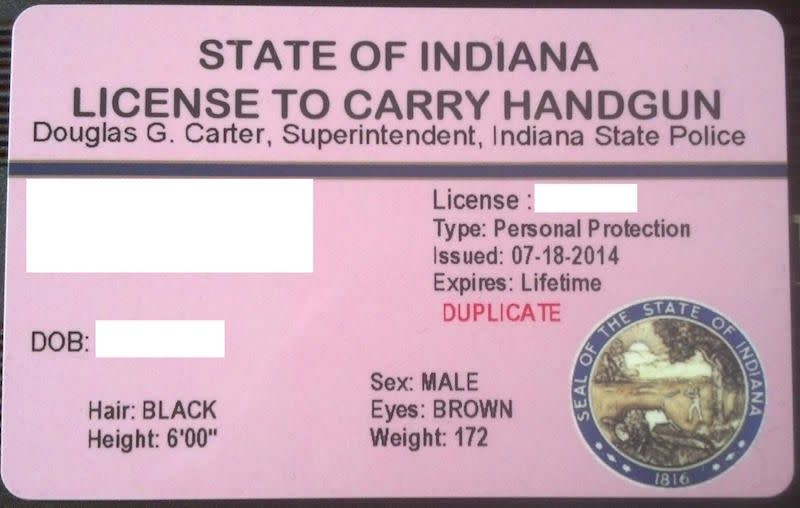
This act (known as the “FFA”) ensures that gun manufacturers, importers, and anyone else in the business of selling firearms has to get a federal gun license. The Act also requires all licensees to maintain customer records for anyone they have sold a gun to. This makes it illegal for certain people (like convicted felons) to obtain firearms.
1939: United States v. Miller
A big problem with the Second Amendment is that there is so much confusion about what it actually means. So much back-and-forth about the amendment has lead to a lot of legal loopholes around the possession of firearms. In United States v. Miller, the Supreme Court avoids addressing the constitutional scope of the Second Amendment. The ruling claims that the “possession or use of a shotgun having a barrel of less than eighteen inches in length” is not “any part of the ordinary military equipment” protected by the Second Amendment. This further muddles what exactly the "right to bear arms" truly means.
1967: The Mulford Act
In the 1960s, black people faced a lot of abuse at the hands of the police. In response to the violence towards and killing of black people, the Black Panthers, a black nationalist group, start to explore the Second Amendment as a means to help keep aggressive police officers in check. In 1967, 30 members of the Black Panther Party armed with .357 Magnums, 12-gauge shotguns and .45-caliber pistols protest on the steps of the California statehouse. “The time has come for black people to arm themselves,” the group announces.
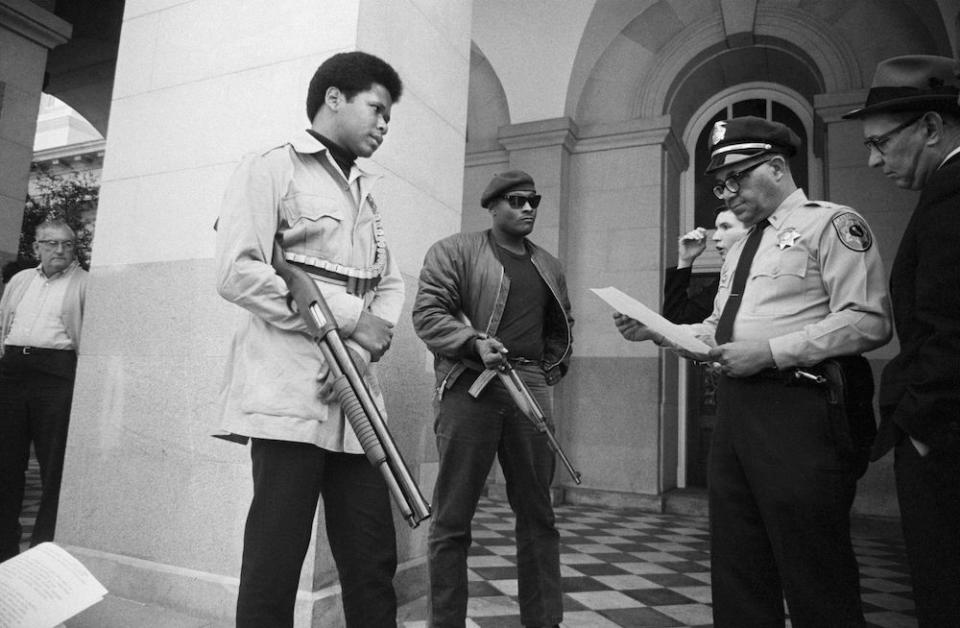
This moment on the statehouse steps scares politicians so much so that they quickly pass the Mulford Act, a state bill prohibiting the open carry of loaded firearms, along with an addendum that prohibits loaded firearms in the state Capitol.
1968: Gun Control Act
After the assassinations of President John Kennedy, Attorney General Robert Kennedy and Dr. Martin Luther King, Jr., the Gun Control Act passes and imposes stricter licensing and regulation on the firearms industry. It also establishes new categories of firearms offenses and prohibits the sale of firearms and ammunition to felons and certain other prohibited persons, says the ATF.
1972: The Bureau of Alcohol, Tobacco and Firearms
The ATF becomes part of the Treasury Department. It's the agency that is responsible for enforcing federal laws relating to alcohol, tobacco, firearms, and explosives.
1975: The NRA Establishes Its Lobbying Arm
As mentioned above, the NRA used to believe strongly in gun control. Many NRA members wanted to use their guns for sport, and they didn't want to get lumped in with individuals who used guns to commit violent crimes. A rift, however, between pro-gun-control NRA members and anti-gun-control NRA members starts to form.
In 1975, the NRA creates a new lobbying arm, the Institute for Legislative Action, under Harlon B. Carter, an imposing former chief of the U.S. Border Patrol. Carter believes strongly that the NRA should fight to expand gun owners’ rights.
1975: Firearms Control Regulations Act
Gun control, as you can imagine, was a major issue in Washington D.C. Not only did D.C. have a serious crime rate in its more urban areas, but it also housed the most powerful politicians in the world (who were often at risk of assassination). The threat of gun violence was palpable.

By passing the Firearms Control Regulations Act of 1975, the District of Columbia’s City Council stops residents from owning guns except certain shotguns and sporting-type rifles. The Act also mandates that even those be unloaded, disassembled or bound by a trigger lock in one’s home. Under this new piece of legislature, owning a handgun or carrying an unregistered weapon becomes illegal.
1977: NRA Revolt at Cincinnati
The divide amongst pro- and anti-gun-control NRA members finally reaches a head. On May 21, 1977, a group of gun rights radicals take over the NRA's annual meeting.
The radicals want to relocate the headquarters from Washington to Colorado, and they denounce the NRA leadership in favor for people that would fight for increased gun rights on behalf of NRA members.
In turn, this old school organization pivots to become a grass-roots operation that would become closely aligned with the Republican Party.
1986: The Firearm Owner's Protection Act
The Firearm Owners' Protection Act (FOPA) revises some of the terms of the Gun Control Act of 1968. In 1986, this Act amends the NFA definition of “silencer” by adding combinations of parts for silencers. Gun control activists feel that this is a fairly small step to make as so few silencers are in circulation in the 1980s to begin with.
1990: The Gun-Free School Zones Act
In response to increasing gun violence in schools, the Gun-Free School Zones Act is passed. It prohibits any unauthorized individual from knowingly possessing a loaded or unsecured firearm at or around a school.
1993: The Brady Handgun Violence Prevention Act
On November 30, 1993, President Bill Clinton signs the Brady Handgun Violence Prevention Act into law. The Brady Law requires federally-licensed firearms dealers to conduct background checks before selling guns to prospective buyers.
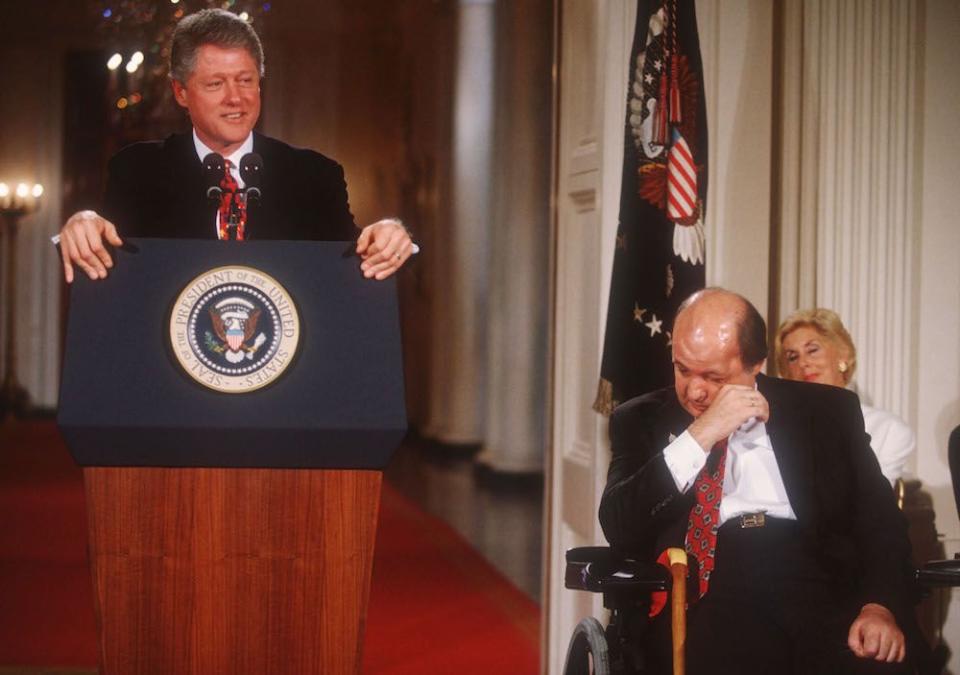
If the prospective buyer turns out to be a prohibited purchaser, the dealer cannot sell the gun. Prohibited purchasers may include felons, fugitives, domestic abusers, and the mentally ill, according to the Brady Campaign to Prevent Gun Violence.
However, it's important to note that, in some states, private sellers at gun shows, on the internet, and elsewhere are not subject to this law, which means they are not required to conduct background checks.
The bill was named after James Brady, Assistant to the President and White House Press Secretary under President Ronald Reagan. On March 30, 1981, James was shot in the head during an assassination attempt against the President. Because of the head wound, James was partially paralyzed for life. But upon recovery, he and his wife Sarah began advocating for commonsense gun laws.
1994: The Violent Crime Control and Law Enforcement Act
The Violent Crime Control and Law Enforcement Act comes together over the course of six years. It includes a "three strikes" life sentence for repeat offenders, money to hire 100,000 new police officers, $9.7bn in funding for prisons, and an expansion of death penalty-eligible offenses. Many critics of the bill, however, feel that the funds are focused more on punishing marginalized people than preventing the crimes that they commit by supporting them earlier in life.
1994: The Federal Assault Weapons Ban
Congress passes a federal assault-weapons ban, which lasts only 10 years even though the assault weapons issue has been a constant problem our country faces. Experts who study the law tend to agree that it's rife with loopholes. To start, there's no technical definition of an "assault weapon," which makes it difficult for officials to determine the fine line between legal and illegal activity.
1998: FBI Launches the NICS
The National Instant Criminal Background Check System is a database the FBI uses to conduct background checks, as mandated by the Brady Handgun Violence Prevention Act. Basically, this system determines whether or not a prospective buyer is a prohibited purchaser.
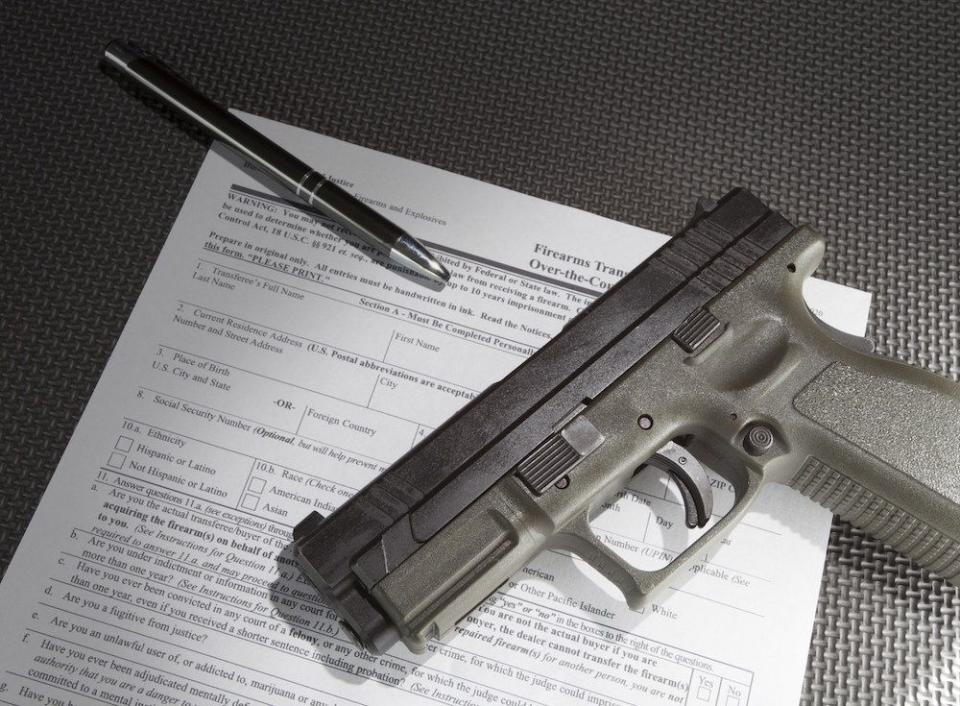
However, in order for this system to be effective, government and law enforcement agencies must forward their relevant records.
2003: The Tiahrt Amendments
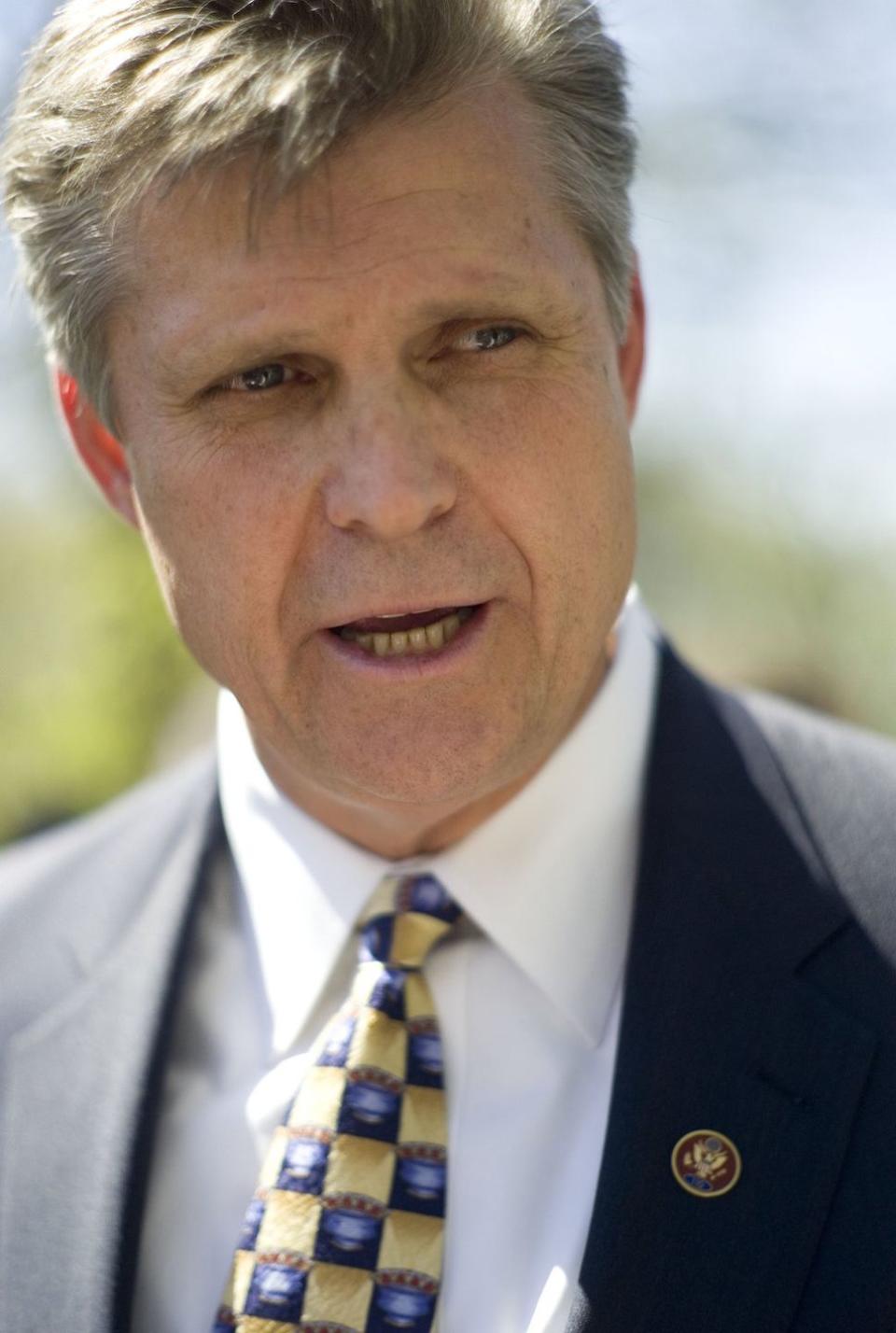
Named for their sponsor, U.S. Representative and republican Todd Tiahrt, the Tiahrt Amendments significantly restrict law enforcement’s ability to investigate gun crimes and prosecute unethical gun dealers, according to the Giffords Law Center. The amendments do things like:
Prohibit the ATF from releasing firearm trace data so that you can track the owner history of a specific weapon
Require the Federal Bureau of Investigation to destroy all approved gun purchaser records within 24 hours
Prohibit ATF from requiring gun dealers to submit their inventories to law enforcement
2004: Utah Becomes First State to Allow Guns on Campus
The Legislature passes a law that says individuals can carry concealed weapons on public college campuses.

2004: The Federal Assault Weapons Ban Expires
As mentioned above, the Federal Assault Weapons Ban that passed in 1994 expires after 10 years.
2005: The Protection of Lawful Commerce in Arms Act
The Protection of Lawful Commerce in Arms Act (PLCAA) is signed into law by President George W. Bush. It protects firearms manufacturers and dealers from being held liable when crimes are committed with their products. They may, however, be held liable for negligence if they have reason to know a gun is intended for use in a crime.
2007: The NICS Improvement Amendments
The NICS Improvement Amendments Act of 2007 (NIAA) is a bipartisan effort to strengthen the NICS by increasing the quantity and quality of relevant records from Federal, State, and tribal authorities accessible by the system. Among its requirements, the NIAA mandates that executive departments and agencies provide relevant information, including criminal history records, certain adjudications related to the mental health of a person, and other information, to databases accessible by the NICS. Congress passes the bill shortly after the tragic mass shooting at Virginia Tech that left 32 people dead.
2008: District of Columbia v. Heller
In District of Columbia v. Heller, the Supreme Court rules the Second Amendment protects an individual's right to possess a handgun at home.
Dick Heller was a D.C. special police officer, and because of his title, he was allowed to carry a handgun while on duty at the Federal Judicial Center. However, when he tried to register for a handgun he wanted to keep at home (for self-defense), the District rejected his request.
From there, Dick Heller files a lawsuit and claims his Second Amendment rights have been violated.
Because he does not threaten public safety, they rule that D.C.'s prohibition is unconstitutional.
According to Justice Scalia, "The Second Amendment protects Heller's right to possess a firearm, even if such possession is unconnected with service in a militia."
2010: McDonald v. Chicago
On June 28, 2010, U.S. Supreme Court rules that self-defense is a legal right in the case of McDonald v. City of Chicago.
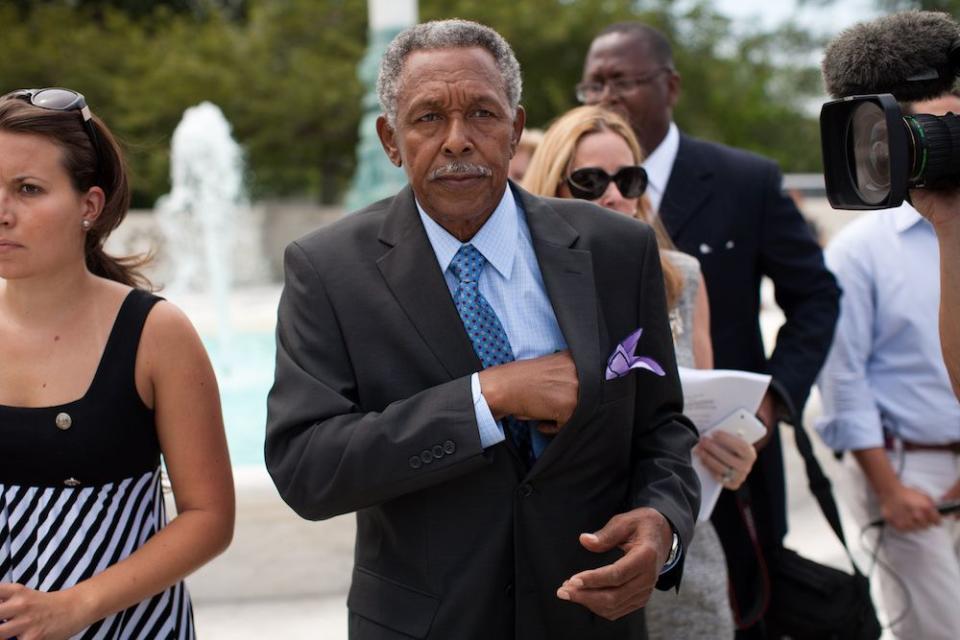
The case arose in 2008, when Otis McDonald, a retired custodian, and others filed suit in U.S. District Court to challenge a 1982 Chicago law that banned the new registration of handguns. The National Rifle Association and others also filed separate lawsuits challenging the Chicago law. Each suit alleged that the law violated the right of individuals to possess and carry weapons, which the Supreme Court had found to be protected by the Second Amendment in District of Columbia v. Heller.
2017: H.J. Res. 40
On February 28, 2017, President Donald Trump signs H.J. Res. 40, which means the Social Security Administration is no longer required to submit pertinent information about people with mental illnesses to the NICS. In other words, President Trump reverses the NICS Improvement Amendments Act of 2007.
Victoria Rodriguez is a fellow at Seventeen.com. Follow her on Twitter and Instagram!
You Might Also Like

